Wildlife Rehabilitation Giving Earth's creatures a second chance
-THE BALANCE OF NATURE-
Wildthunder Wildlife & Animal Rehabilitation and Sanctuary
ALL CREATURES HAVE A PLACE AND A PURPOSE
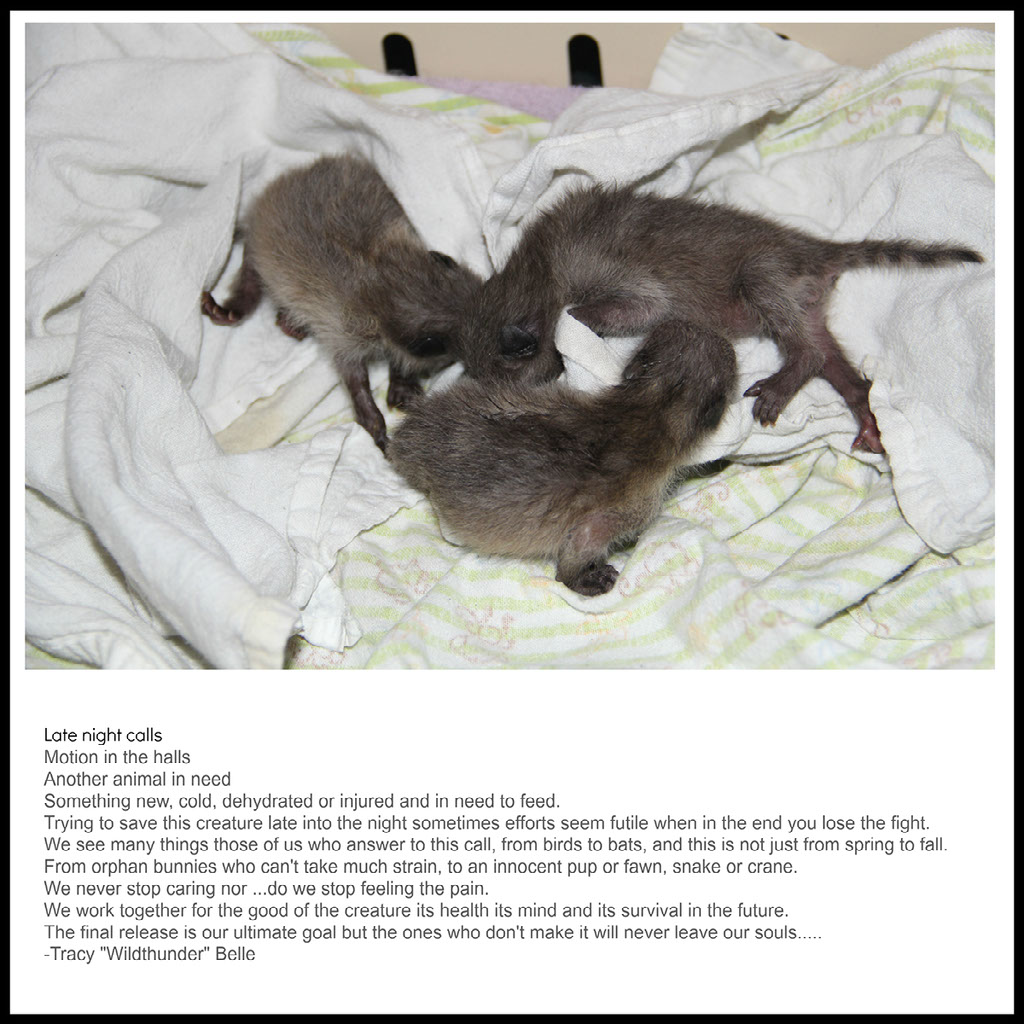
Pictured (below): A majestic raptor soars swiftly through the skies; this reminds us to be free and not to pollute the air we all breath...
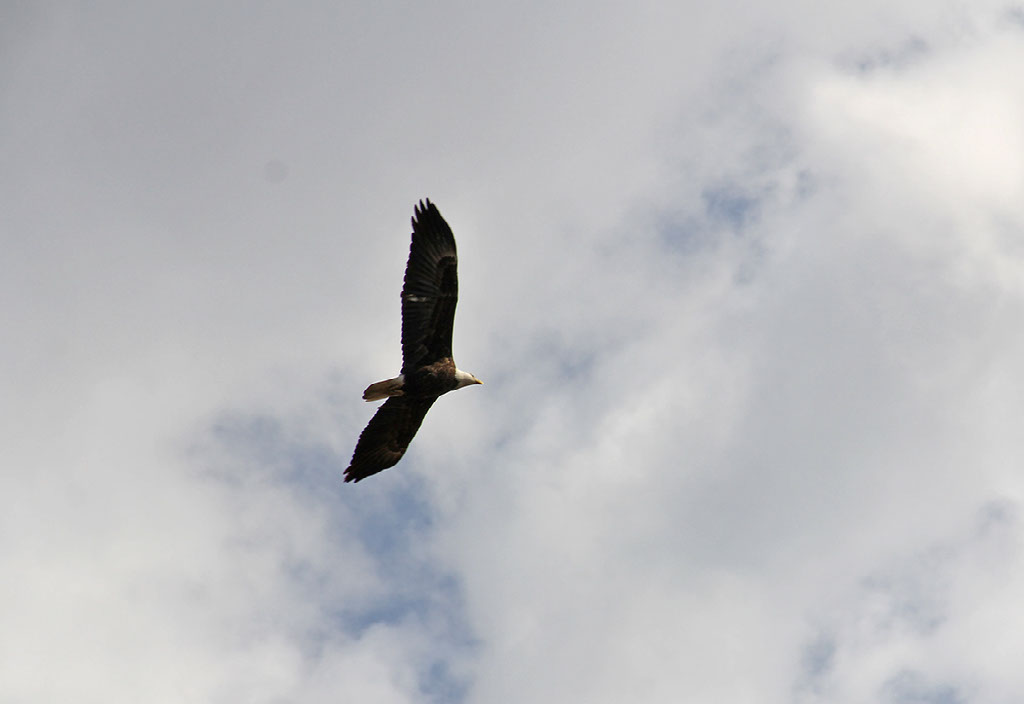
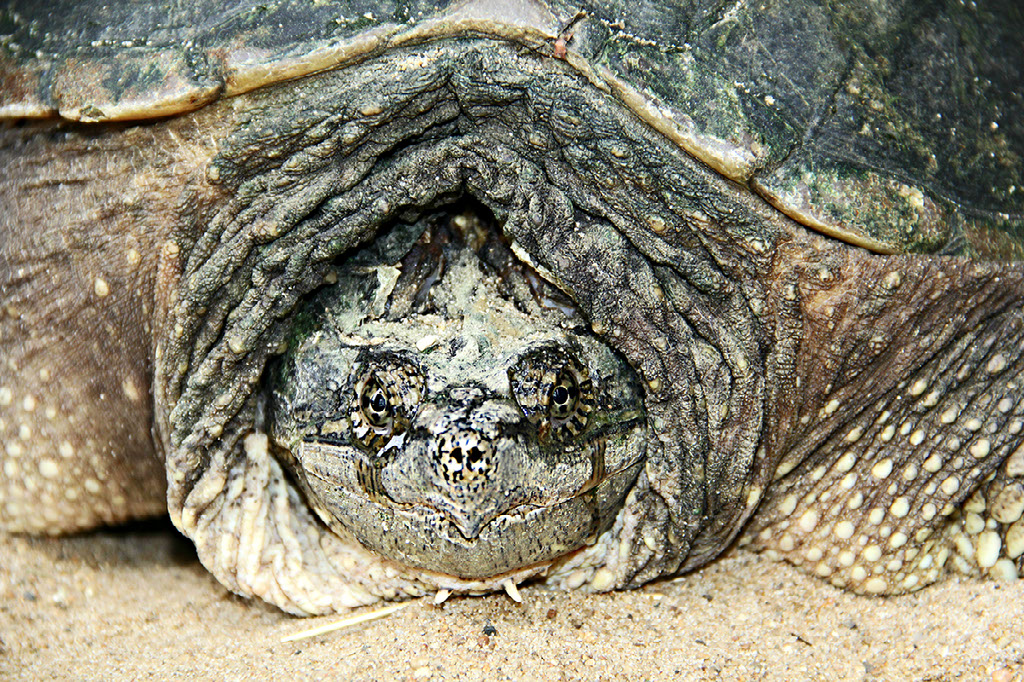
Snapping turtles consume both plant and animal matter. They are important aquatic scavengers but they are also active hunters that prey on anything they can swallow.
Bald Eagles can live a long time, with a longevity record of 38 years in the wild.
Coyotes are omnivores. They hunt rabbits, rodents, fish, frogs and even deer. They also happily dine on insects, snakes, fruit, grass and carrion.
They have keen vision and a strong sense of smell. They can run up to 40 miles (64 kilometers) an hour. In the fall and winter, they form packs for more effective hunting.
Coyotes also form strong family groups. In the spring, females den and give birth to litters of three to twelve pups. Both parents feed and protect their young and territory. The pups are then able to hunt on their own by the following fall.
-The Golden Eagle-
This powerful eagle is North America's largest bird of prey. These birds are dark brown, with a lighter golden-brown plumage on their heads and necks. They are extremely swift and can dive upon their quarry at an impressive speed of more than 150 miles per hour!
Vultures are one of Earth's most efficient clean up crews.
Turkey vultures have an impressive wingspan of 66.9–70.1 inches.
The Turkey vulture is one of the few birds able to use its sense of smell to locate food. They do not have a voice box; their vocalizations are limited to hisses and grunts.
Though they look awkward on the ground and must work hard to gain flight. They are graceful in the air, soaring across the skies and they rarely need to flap their wings.
It is a misconception that they prefer their food rotten. In fact, they prefer fresh meat. What they're fed in rehab is as fresh as what you buy in the store. Although they will eat things on the verge of being spoiled.
Bats are one of Earth's pollinators; they help make the food to feed us and other animals.
Bats are the only mammals capable of true flight. With extremely elongated fingers and a stretched wing membrane, a bats wing anatomically resembles the human hand. Almost 1,000 bat species can be found worldwide.
Did you know that bats make up a quarter of all mammal species on earth? -They do!
-Baby Cottontail Rabbits-
One of the hardest creatures to rehab and one of the animals most un-necessarily brought in for cares. If you find them alone, they may not always be abandoned.
Beavers are one of many of Iowa's most interesting...
The beaver is a large, primarily nocturnal, semi-aquatic rodent. Castor includes two extant species, the North American beaver and Eurasian beaver. Beavers are well known for building dams, canals, and lodges.
Pictured (left): A beautiful bright-eyed Barred Owl fledgling (young bird) that was found injured and brought in for help.
P.U. - I smell a skunk!!
A skunks' smelly spray can travel as far as ten feet. While generally unpleasant, the musk causes no permanent damage to its victims. The definition of "mephitis" is derived from the Latin word mephit, which means "bad odor."
Striped skunks have few natural predators; most predators are repelled by the odor of their musk.
Pictured (right): These infant skunks were brought in to rehab. When discovered, they were wet, cold, and barely clinging to life. They were eventually healthy enough to be released back into the wild. The picture to the right shows them washed up, safe and warm.
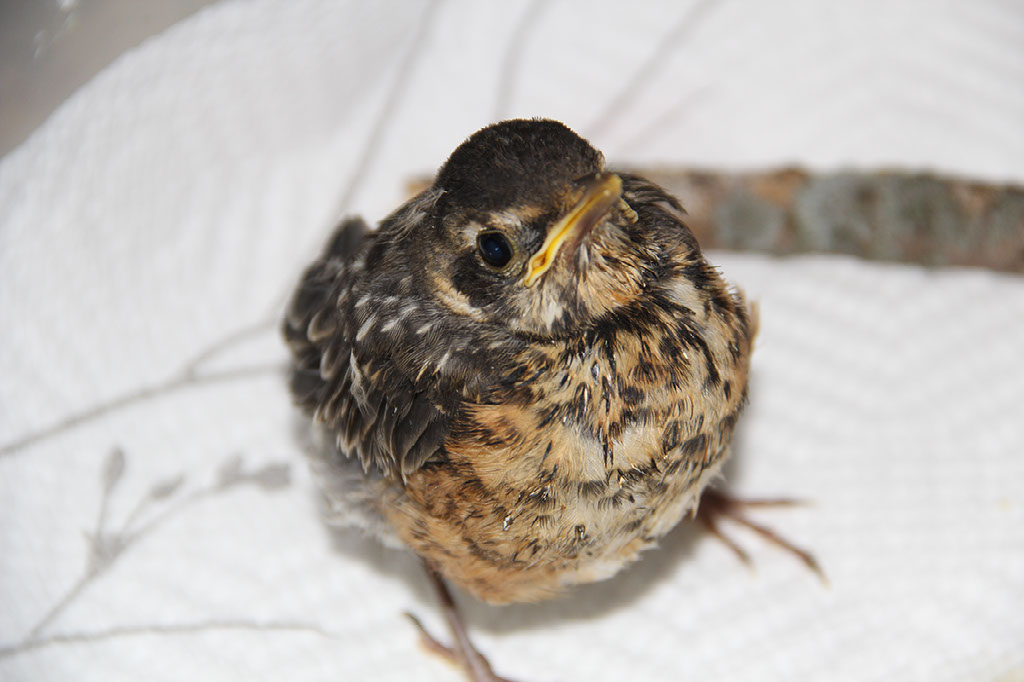
Pictured (right): A female Bandings Turtle that was found walking through town. She likely wound have ended up in someone's fish tank if not for the wise young soul who picked her up and brought her to us. She was relocated nearby in a much safer location.
Can you tell the difference between a frog and a toad?
One way to tell a frog and a toad apart: frogs have smooth, clammy skin, while toads have more dry, bumpy skin. Both frogs and toads lay their eggs in water, but toads spend more of their time on land than do frogs.
Iowa has a wide array of reptiles and amphibians.
Reptiles and amphibians are cold-blooded, or "ectothermic," animals, which means that they depend on external sources, such as the sun, to maintain their body temperatures. Since they don't burn energy to heat internal "furnaces," reptiles eat 30 to 50 times less food than do birds and mammals (warm-blooded animals) of similar sizes.
Turkeys are an important part of our Eco System.
Some fun facts: Turkey droppings tell a bird’s sex and age. Male droppings are j-shaped; female droppings are spiral-shaped. The larger the diameter, the older the bird. Who knew?!
A wild turkey can run up to 25 miles per hour and can fly up to 55 miles per hour.
Pictured (left): A tiny fawn - no more! This precious girl was found in flood waters and separated from her mother. She was cold, wet, and wouldn't have survived if not brought to safety. She is now is running free in the wild where she belongs!
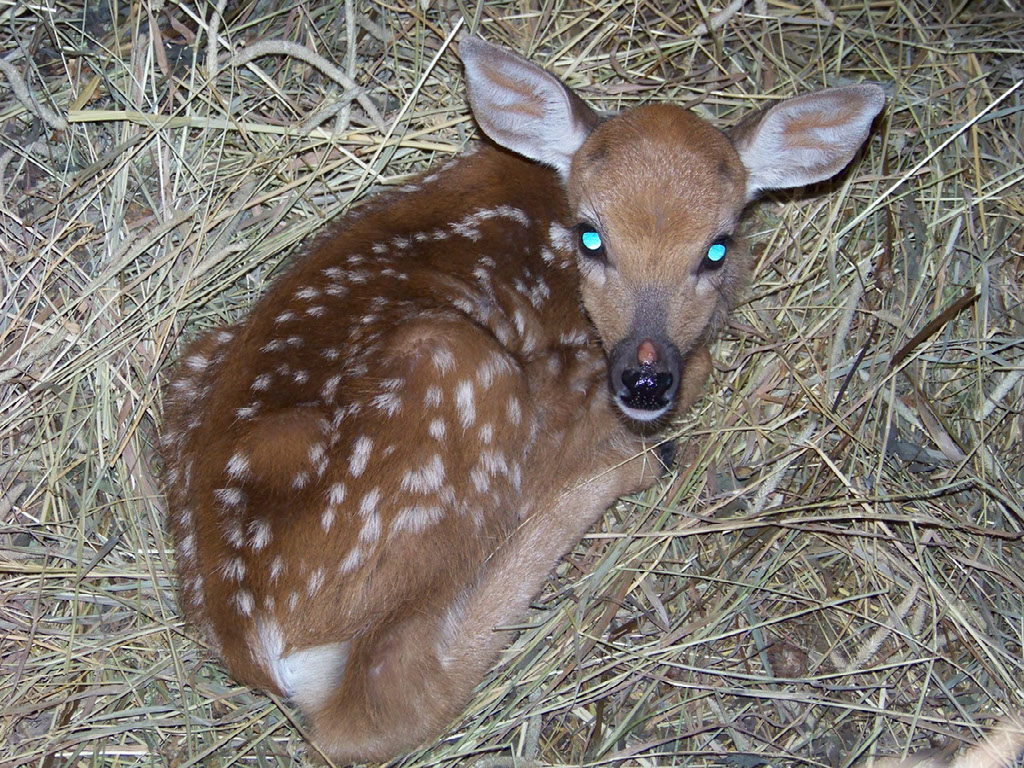
Barred Owls live year-round in mixed forests of large trees and often near the water. They tend to occur in large, un-fragmented blocks of mature forest possibly because old woodlands support a higher diversity of prey, and are more likely to have large cavities suitable for nesting. Their preferred habitats range from swamps, stream sides to uplands, and may contain Hemlock, Maple, Oak, Hickory, Beech, Aspen, White Spruce, Quaking Aspen, Balsam Poplar, Douglas-Fir, Lodge Pole Pine, or Western Larch trees.
Pictured (right): This Barred Owl came in ill and luckily, got a second chance at life.
From a curious black bird to a butterfly in flight; they are all important in the balance of nature.
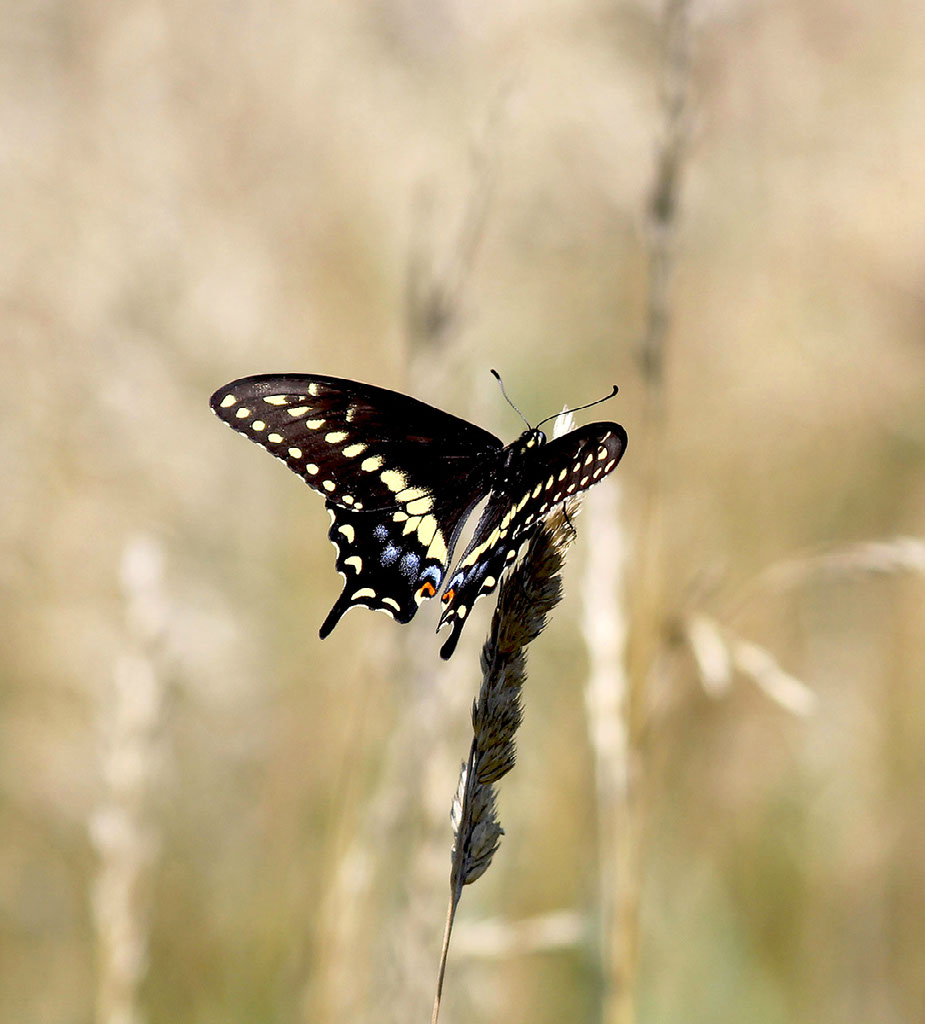
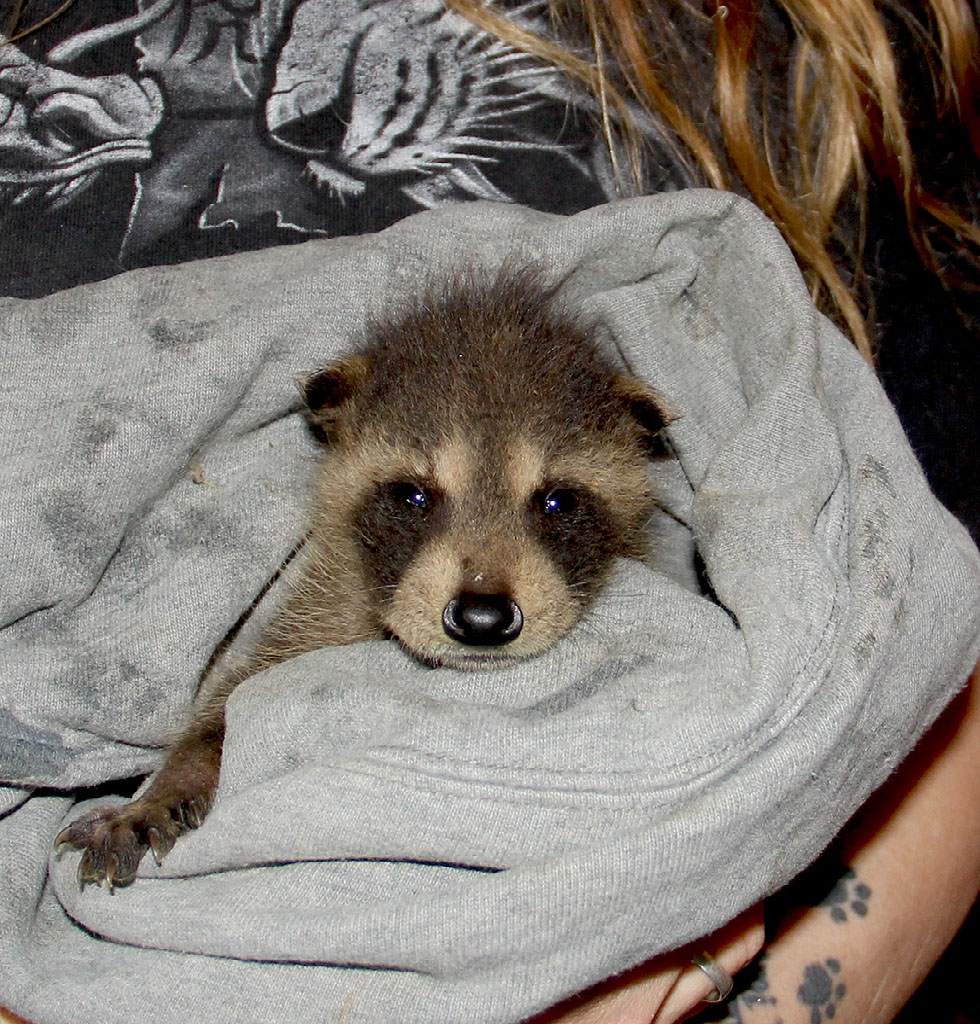
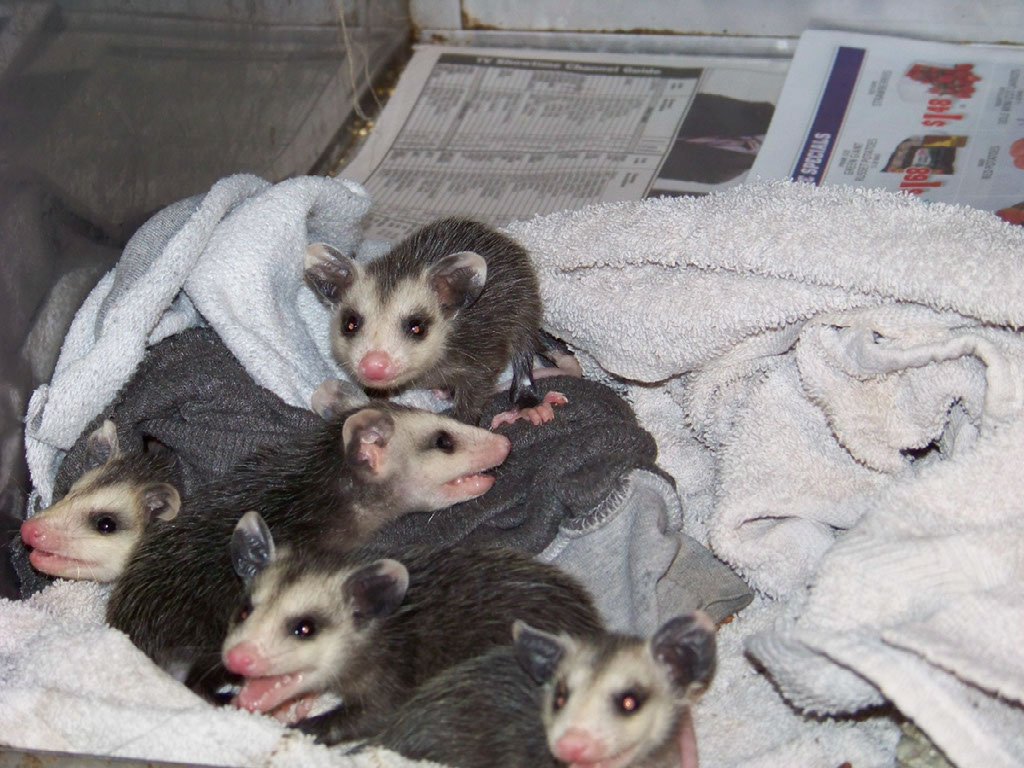
ALL CREATURES HAVE A PLACE AND A PURPOSE
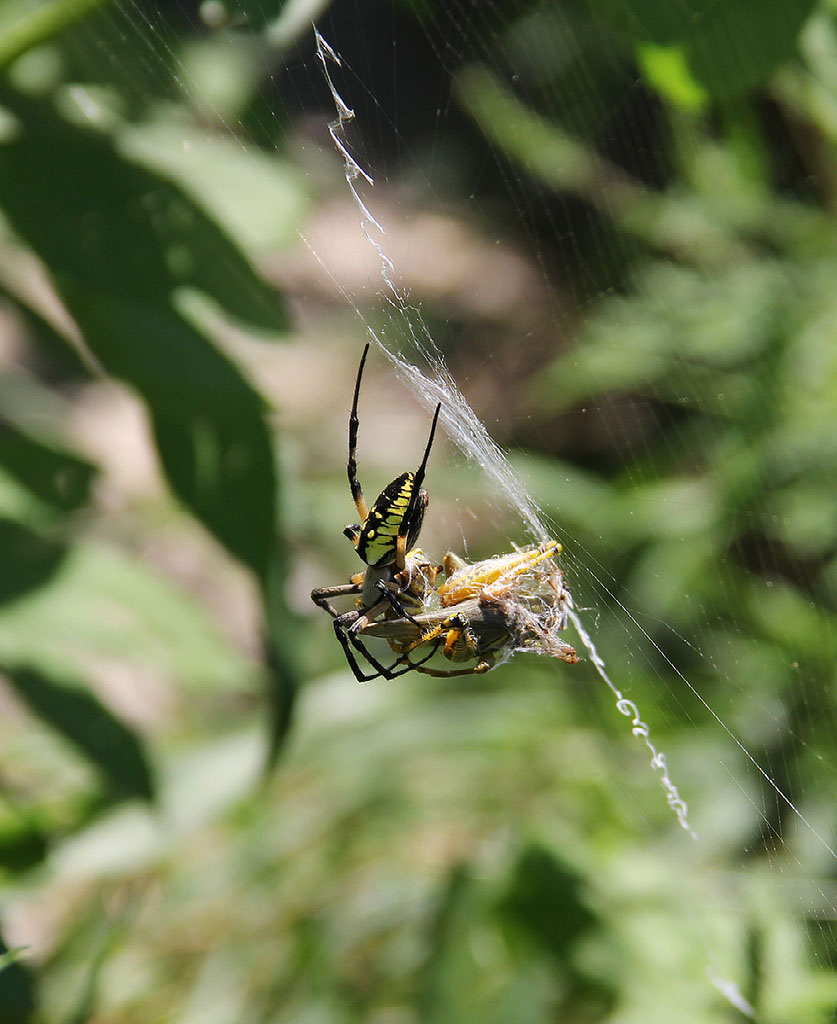
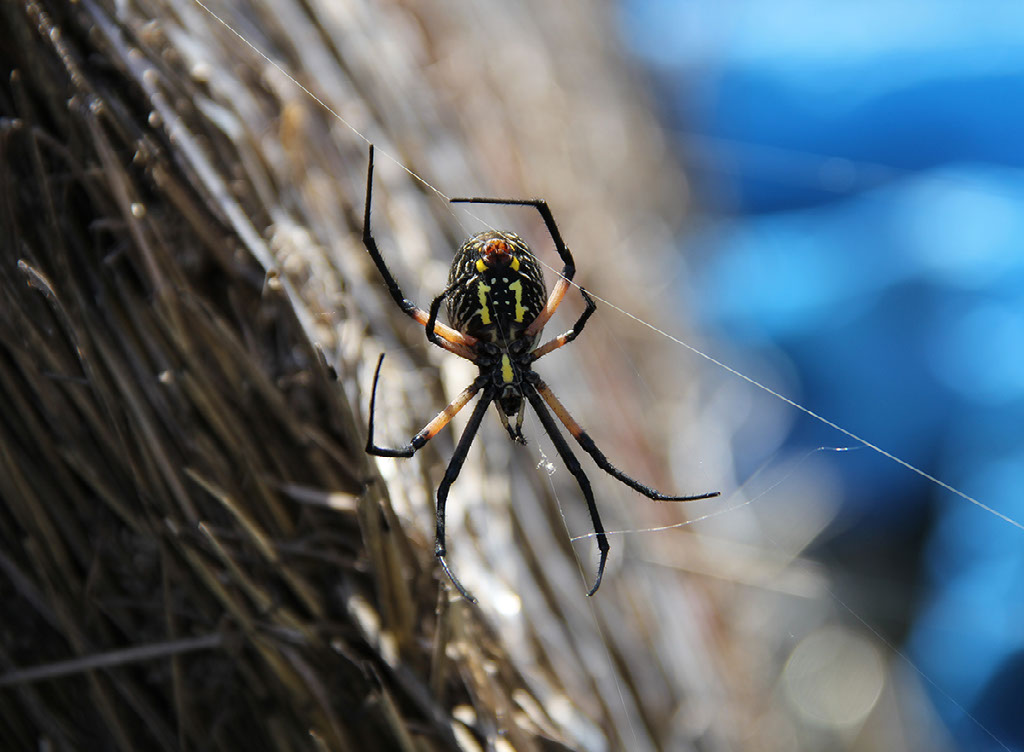
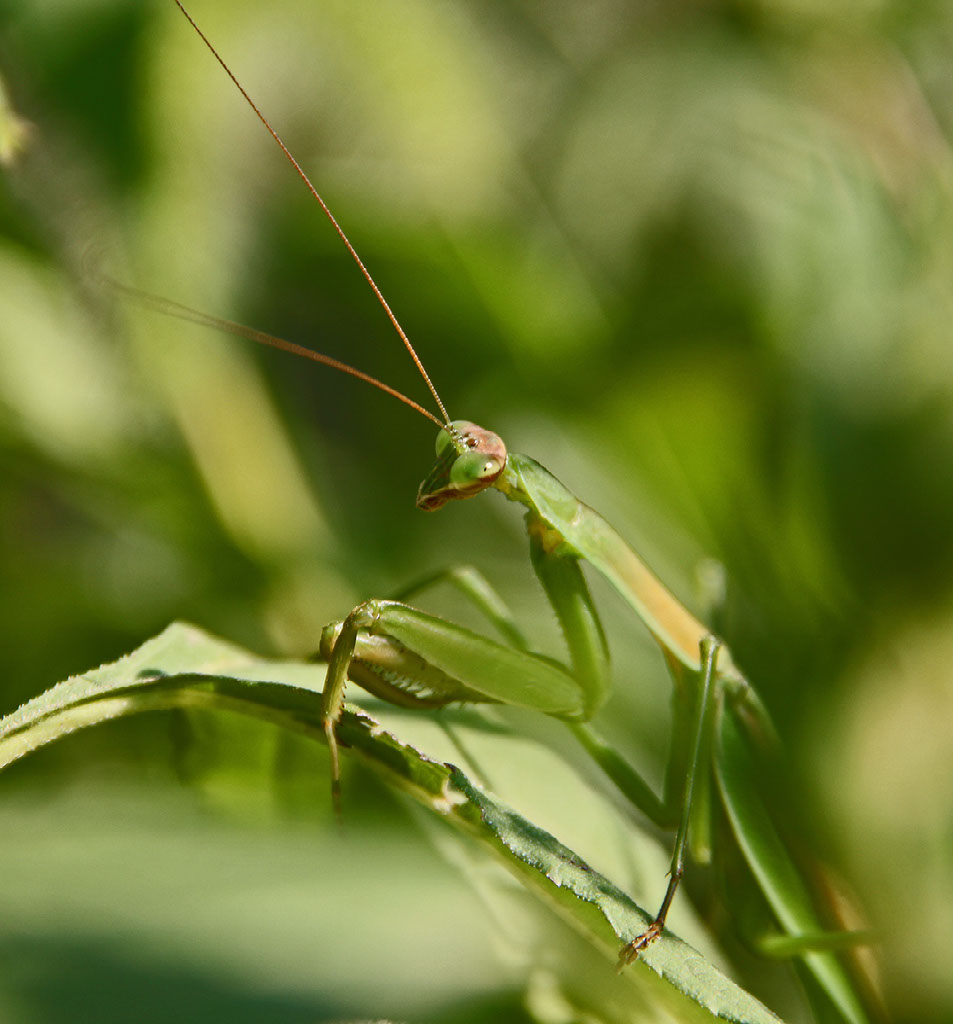
-Wildlife Rehabilitation-
GIVING EARTHS CREATURES A SECOND CHANCE
Wildthunder Wildlife & Animal Rehabilitation and Sanctuary
" Wildthunder W.A.R.S."
- Photo credit to: Wildthunder Photography
Presentation by WILDTHUNDER W.A.R.S. www.wildthunder-wildlife-reptile-animal-rehabilitation-sanctuary.com
www.wildthunder-wildlife-reptile-animal-rehabilitation-sanctuary.com
This is done voluntarily and on donations
Donations are welcome. Links can be found on the bottom of our website http://www.wildthunder-wildlife-reptile-animal-rehabilitation-sanctuary.com/